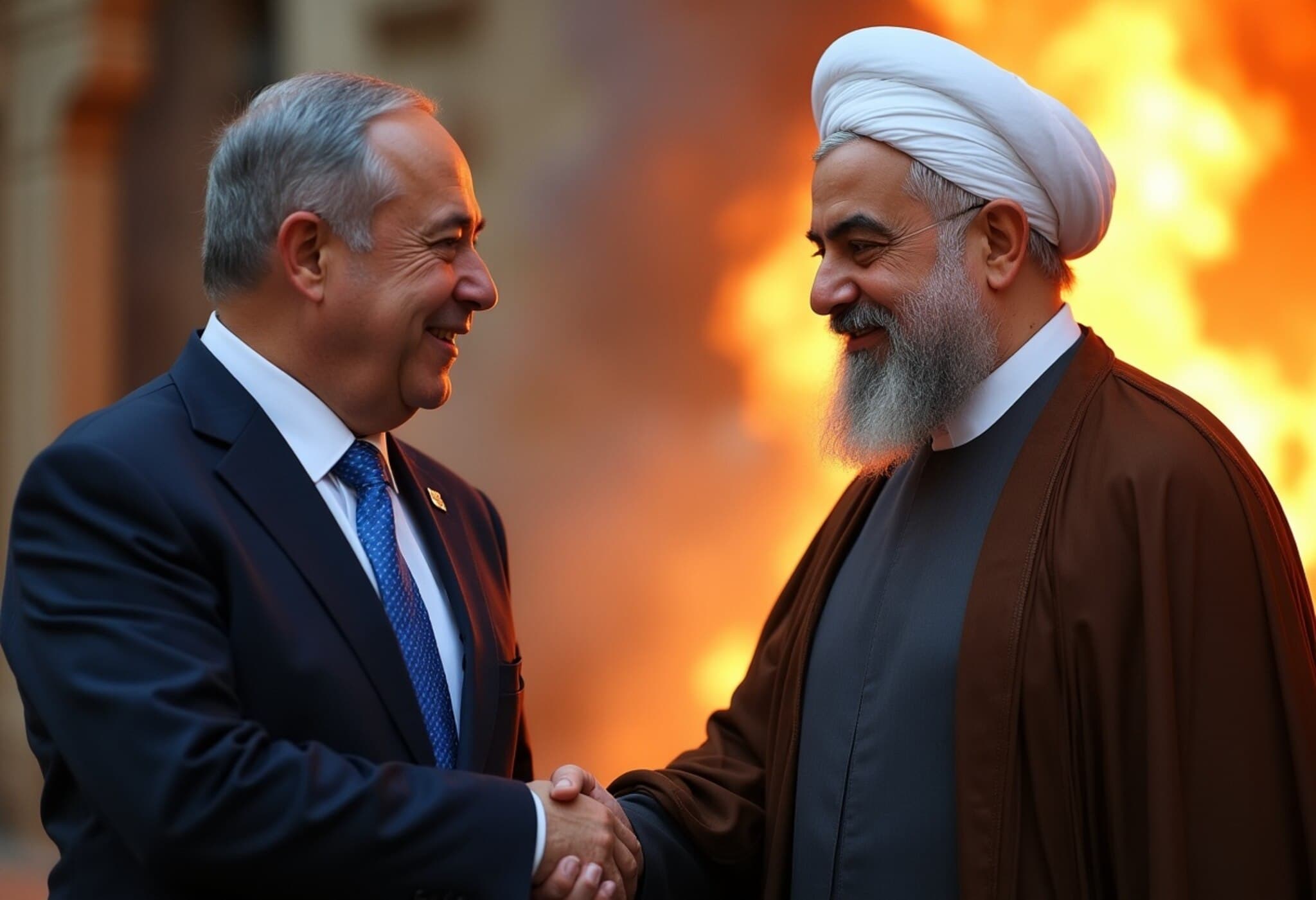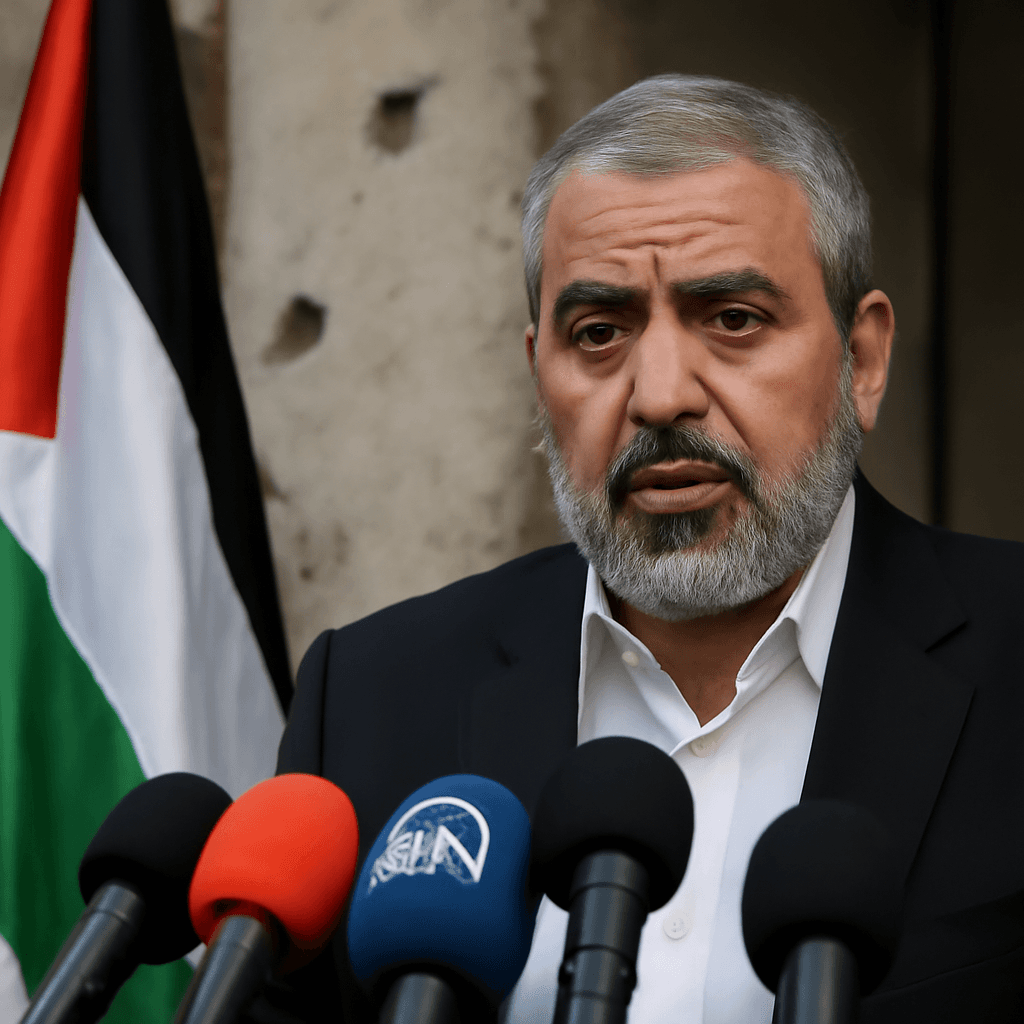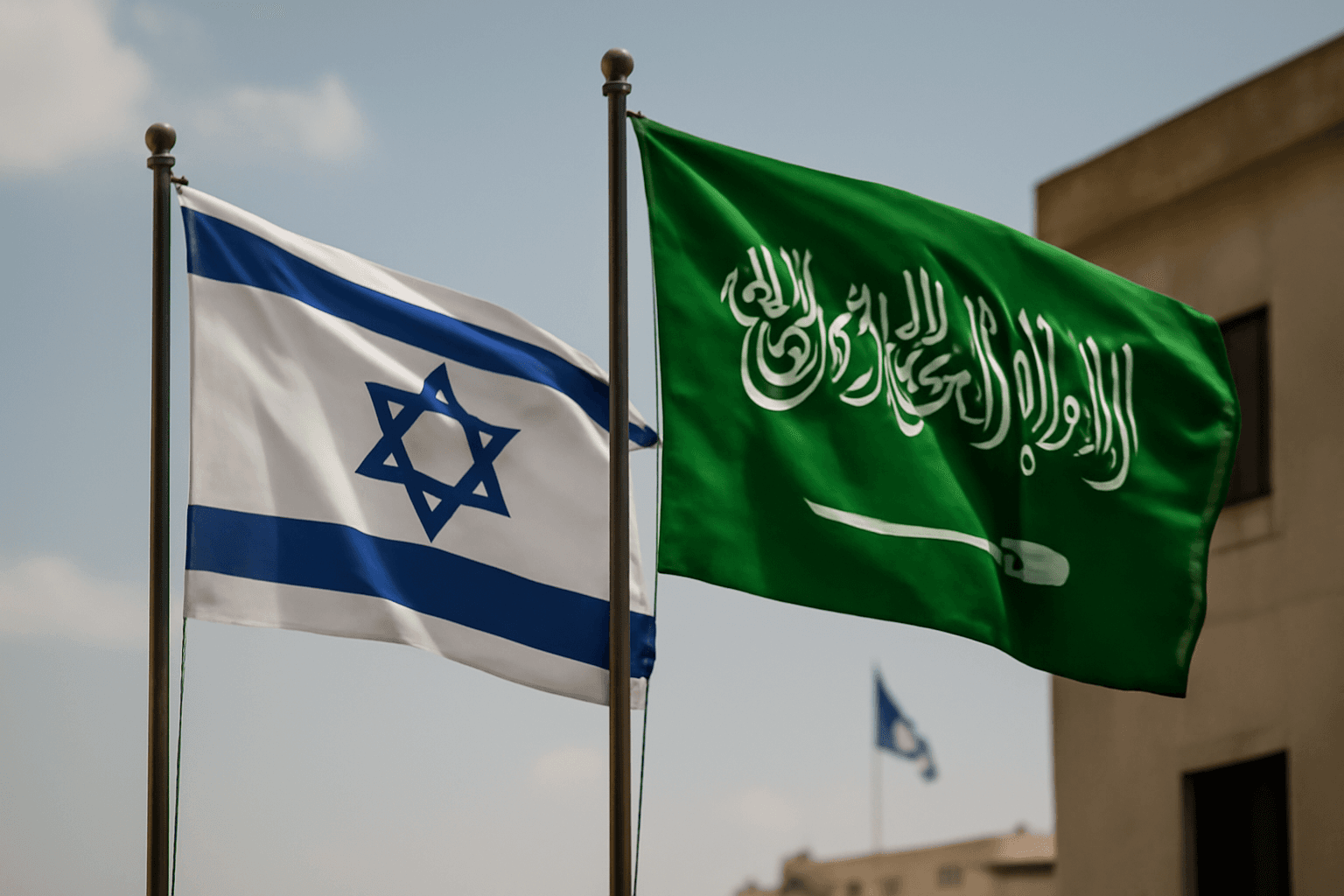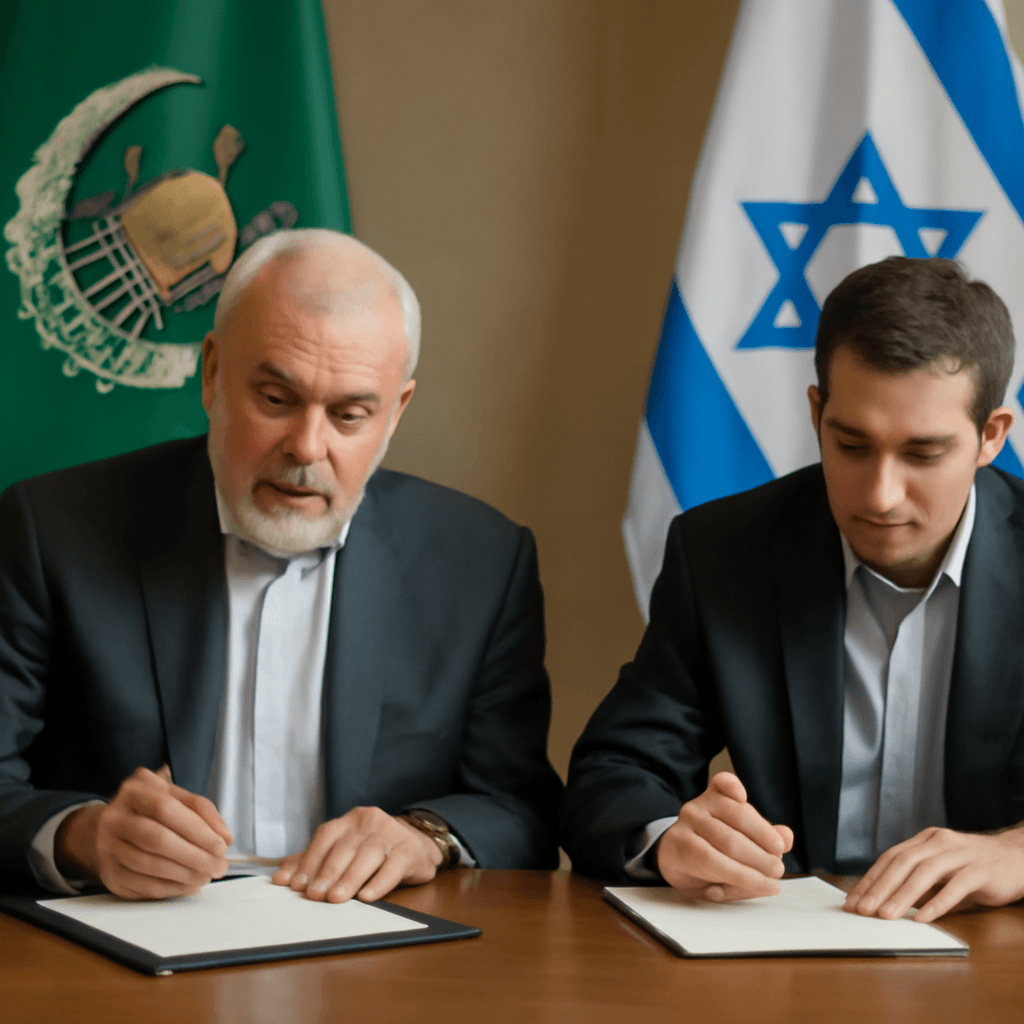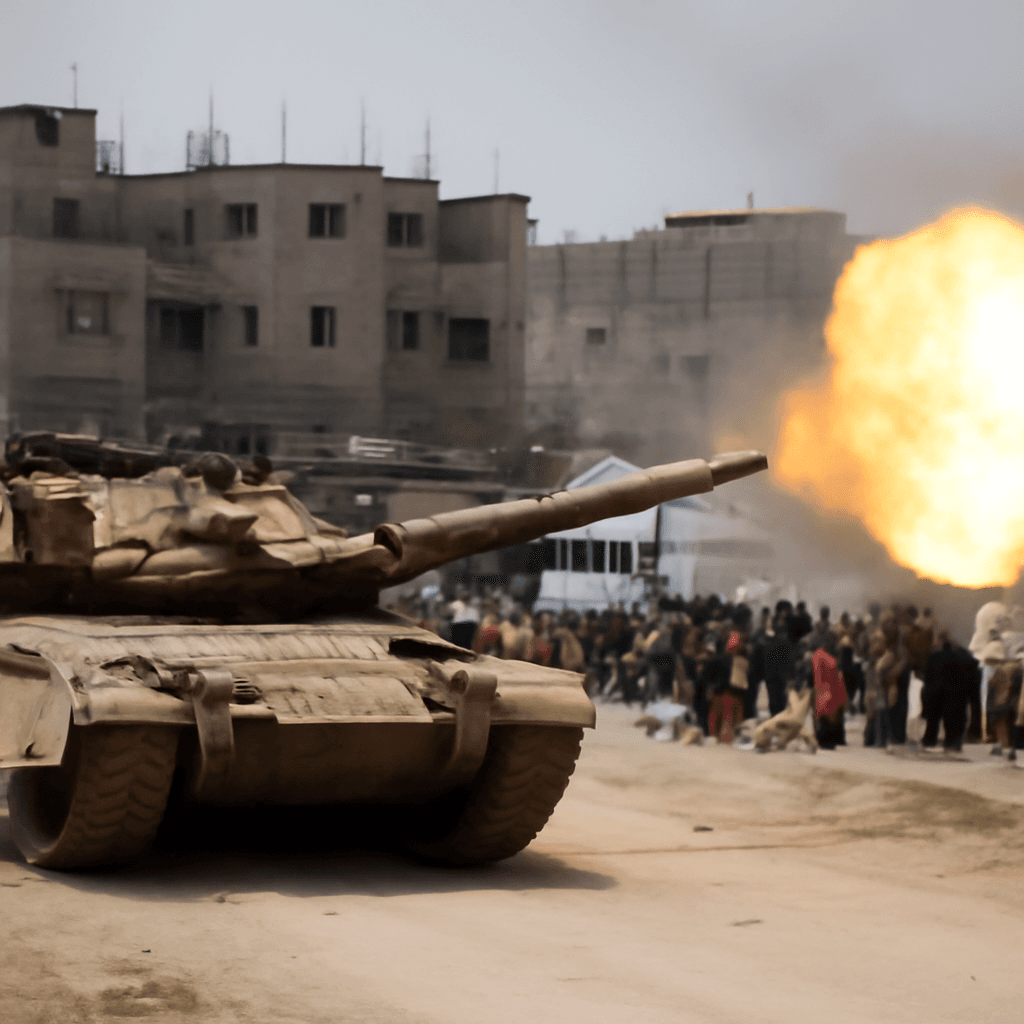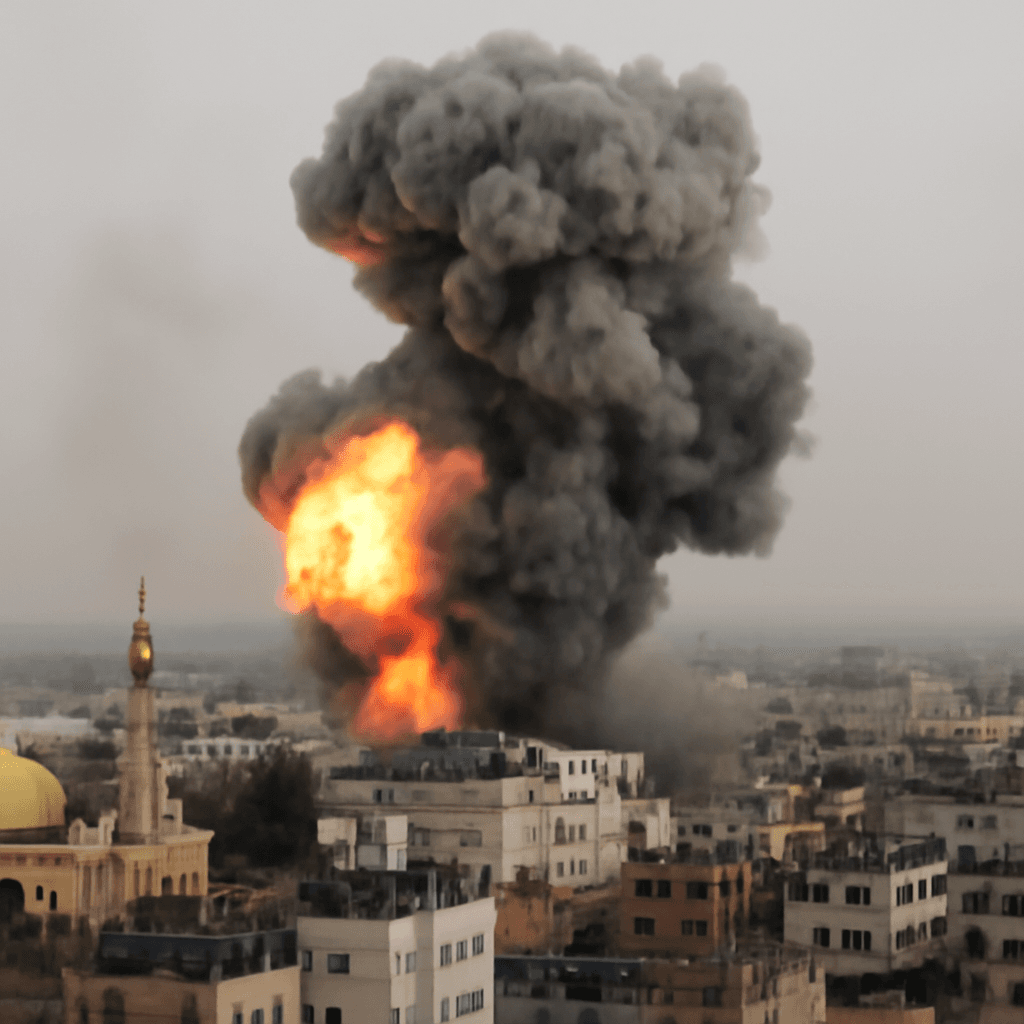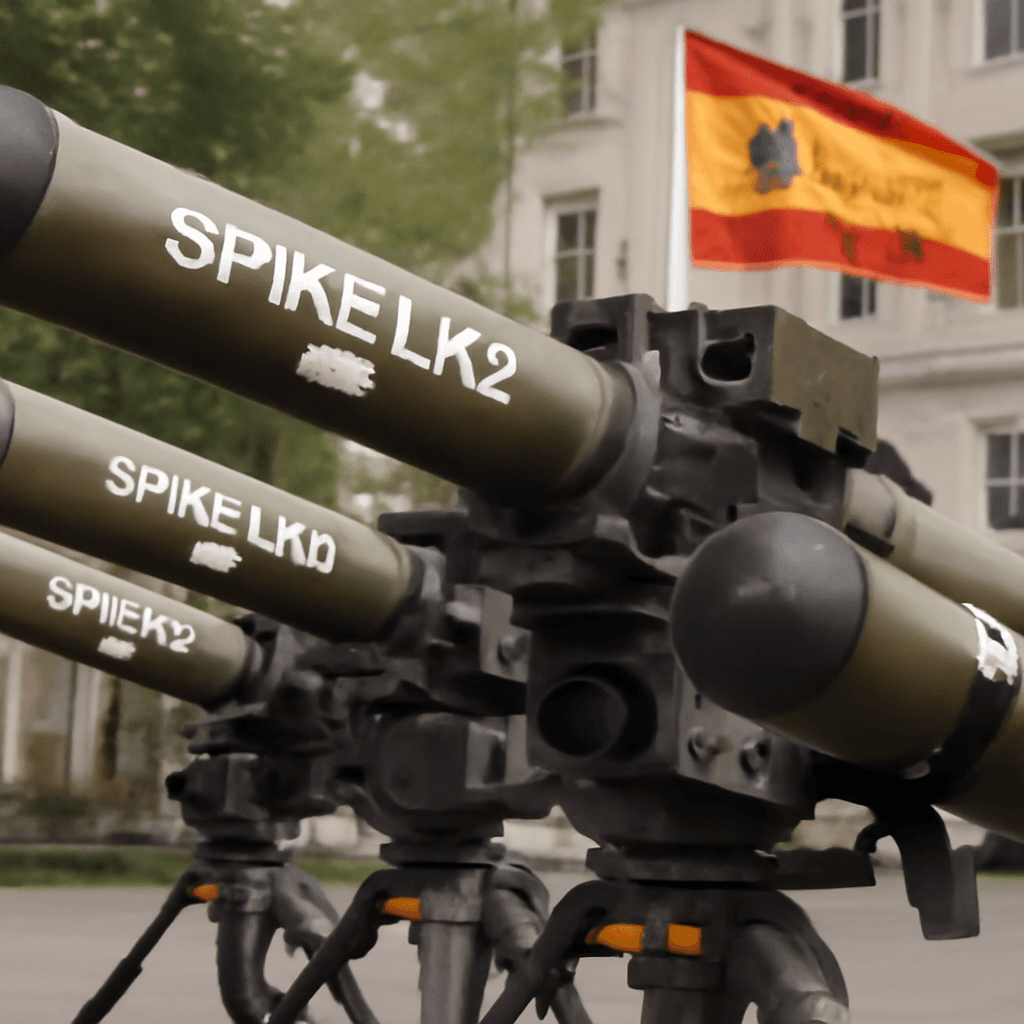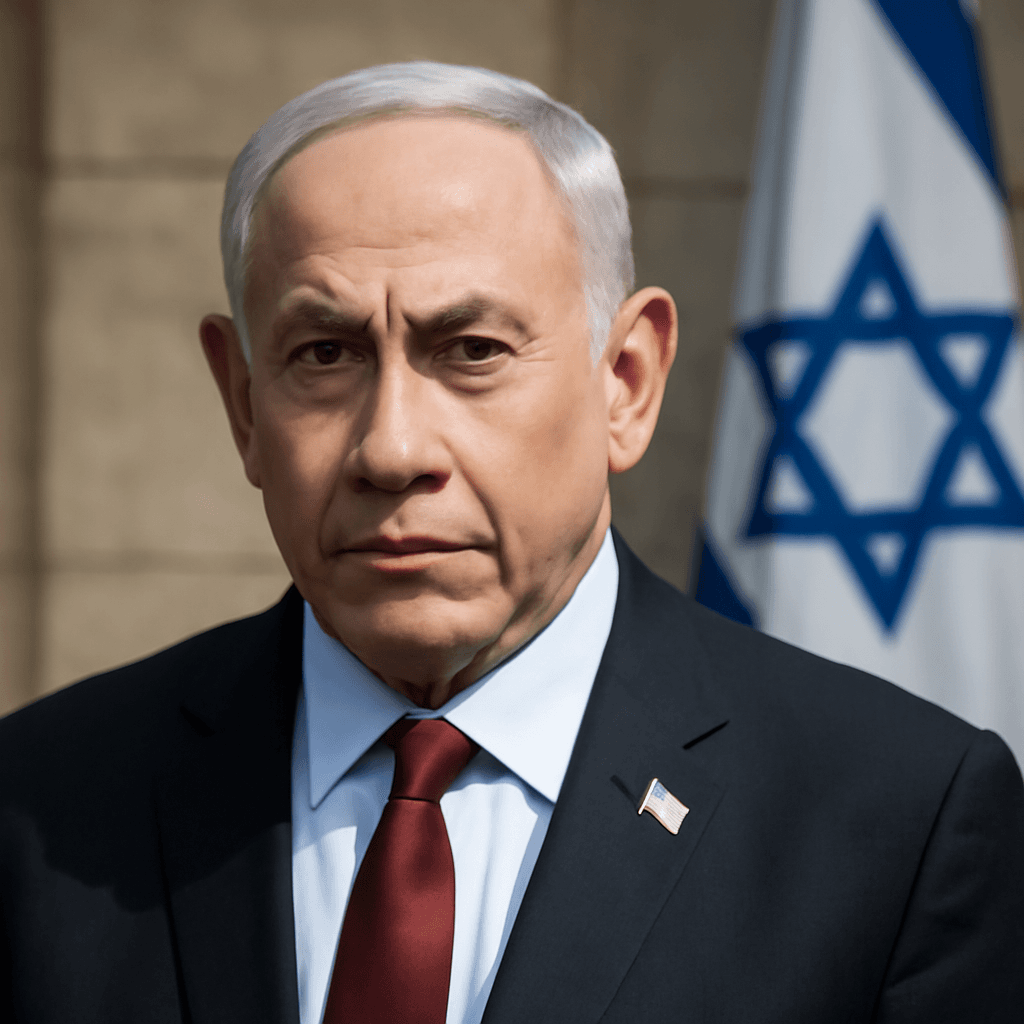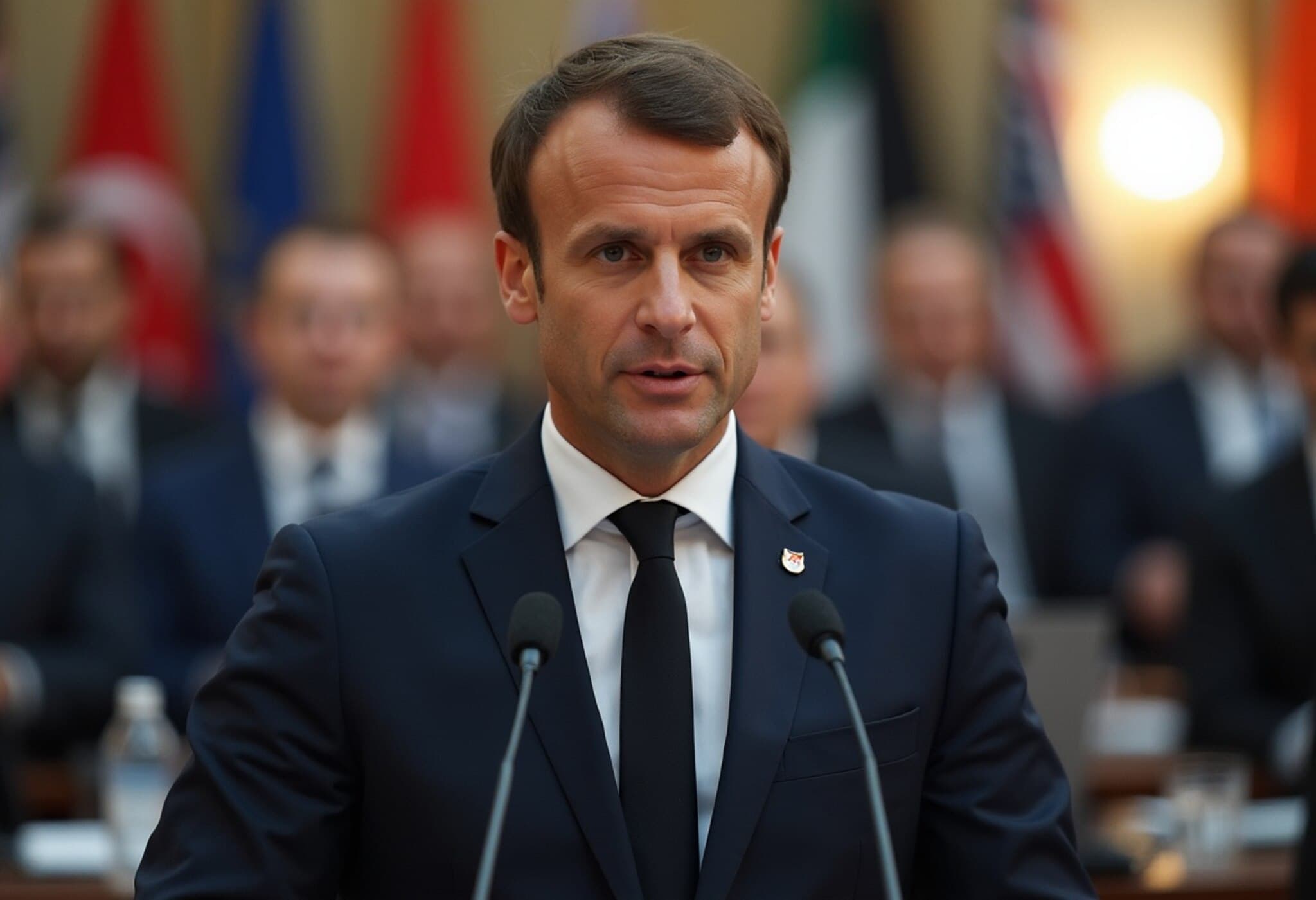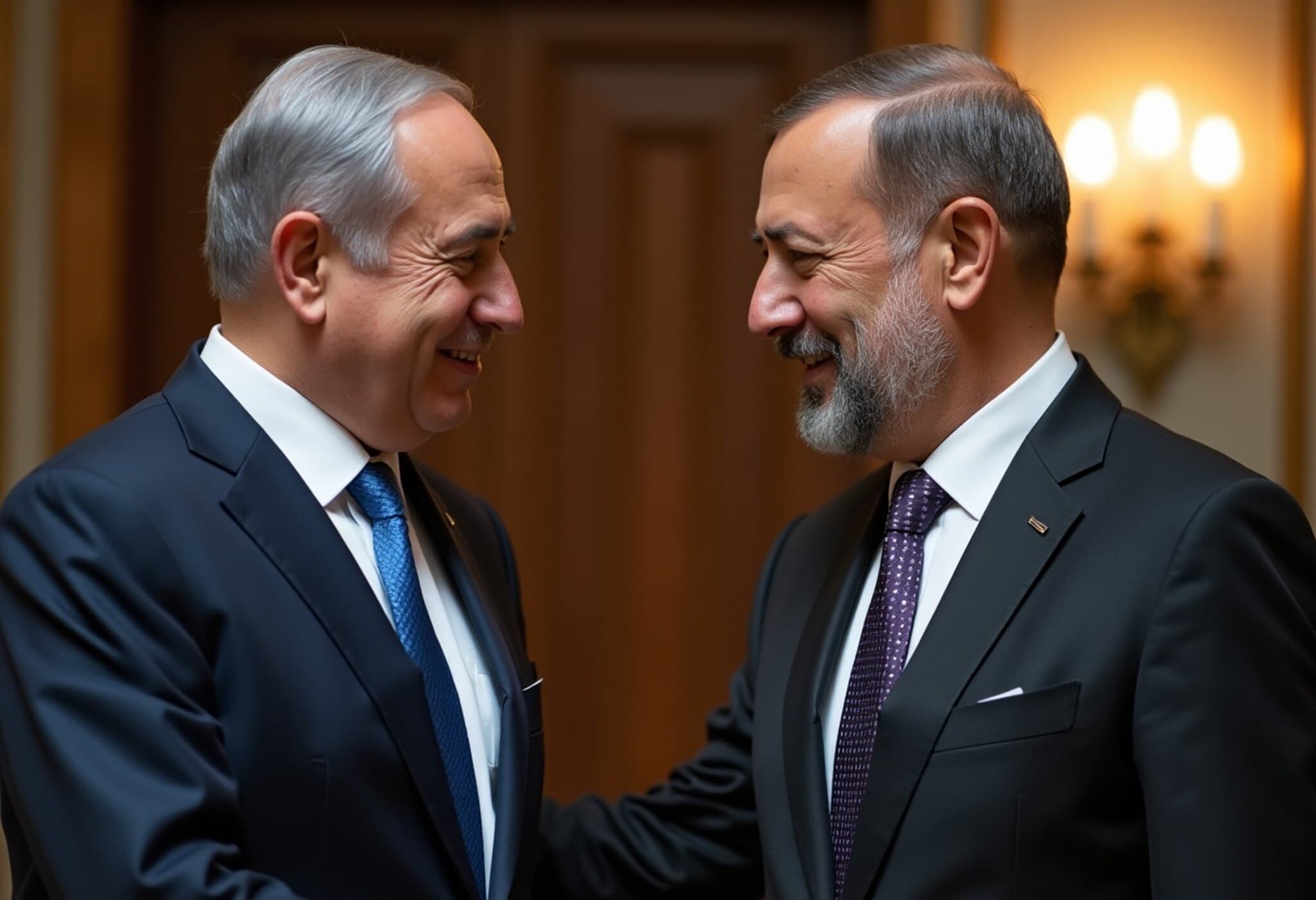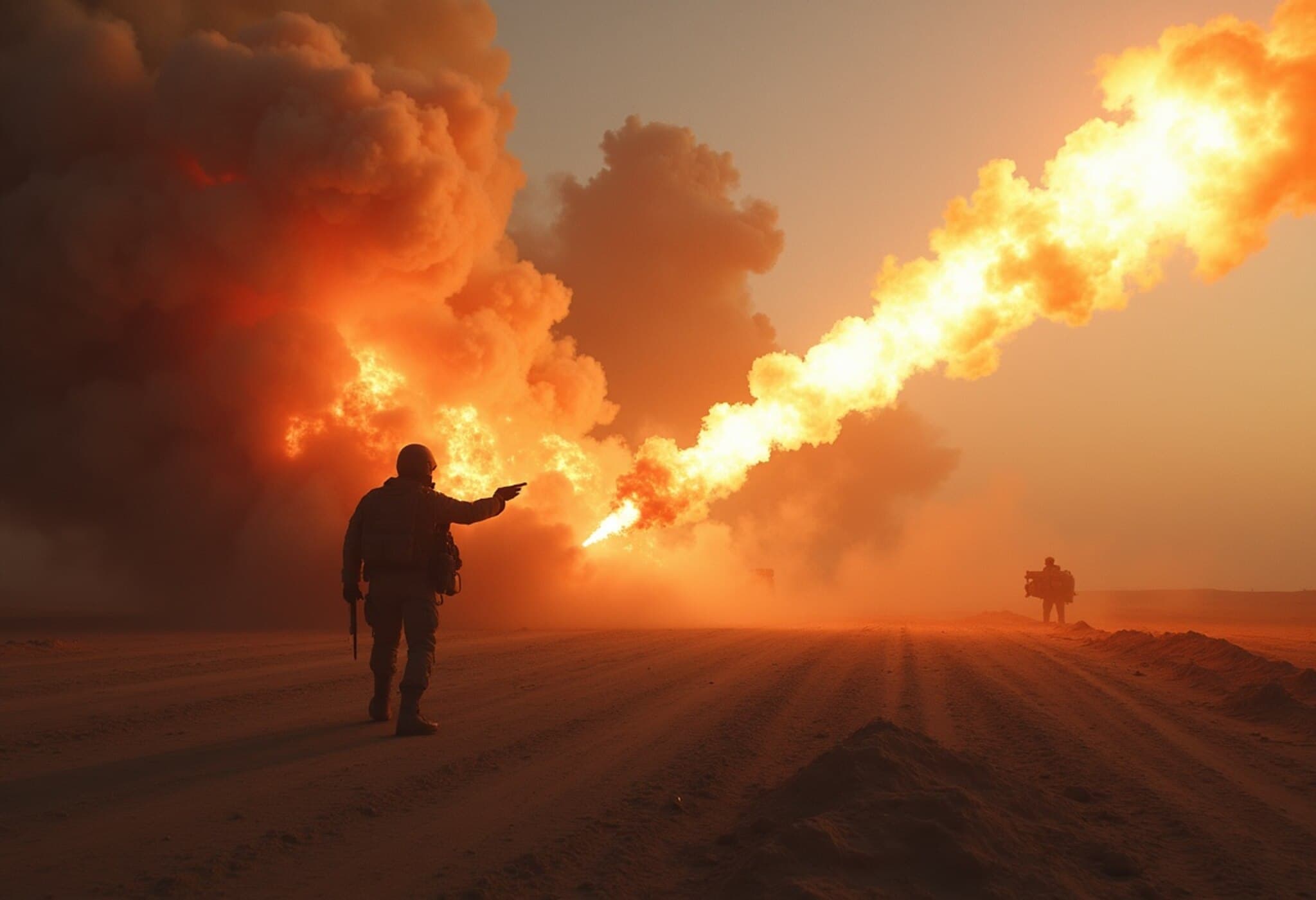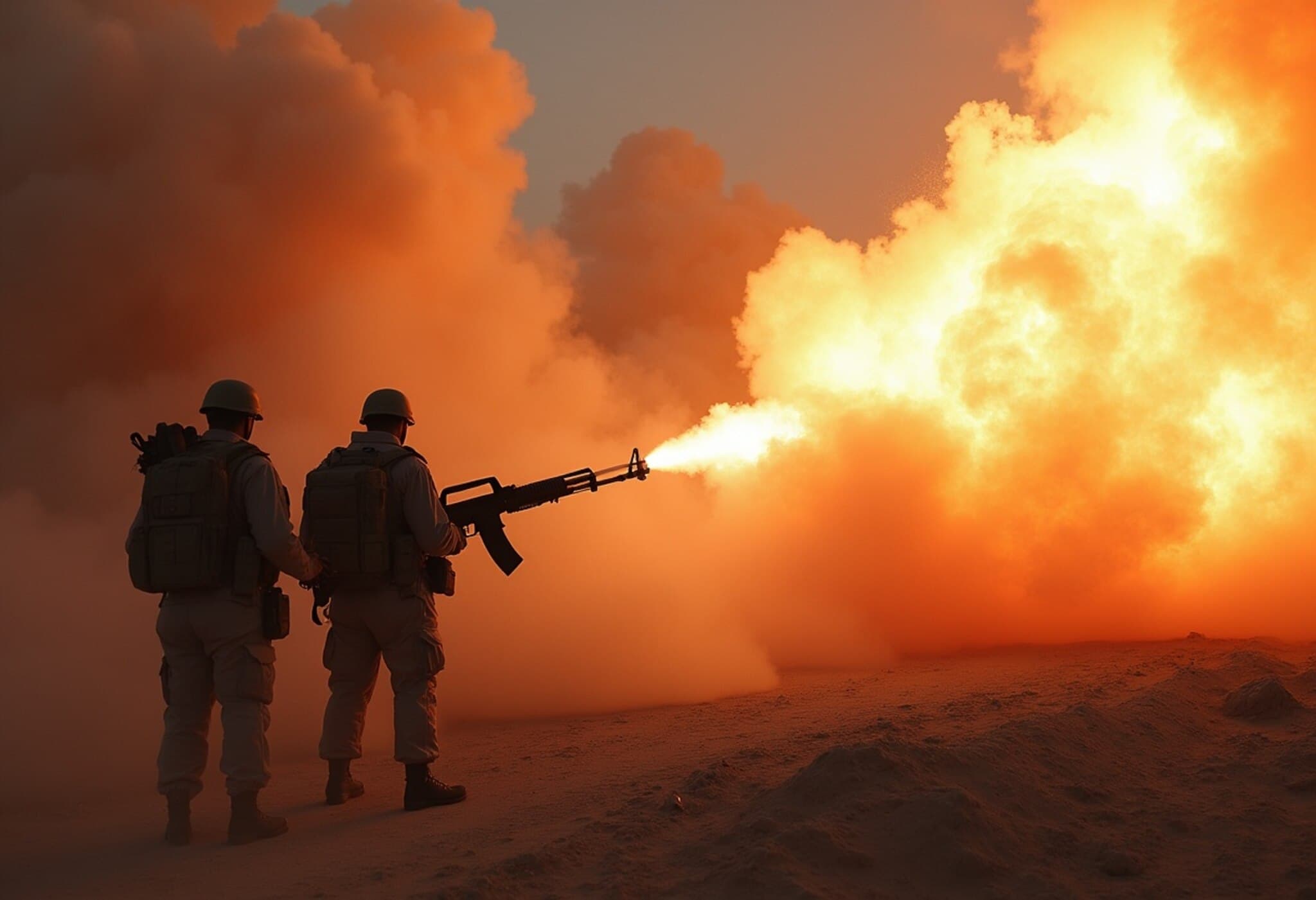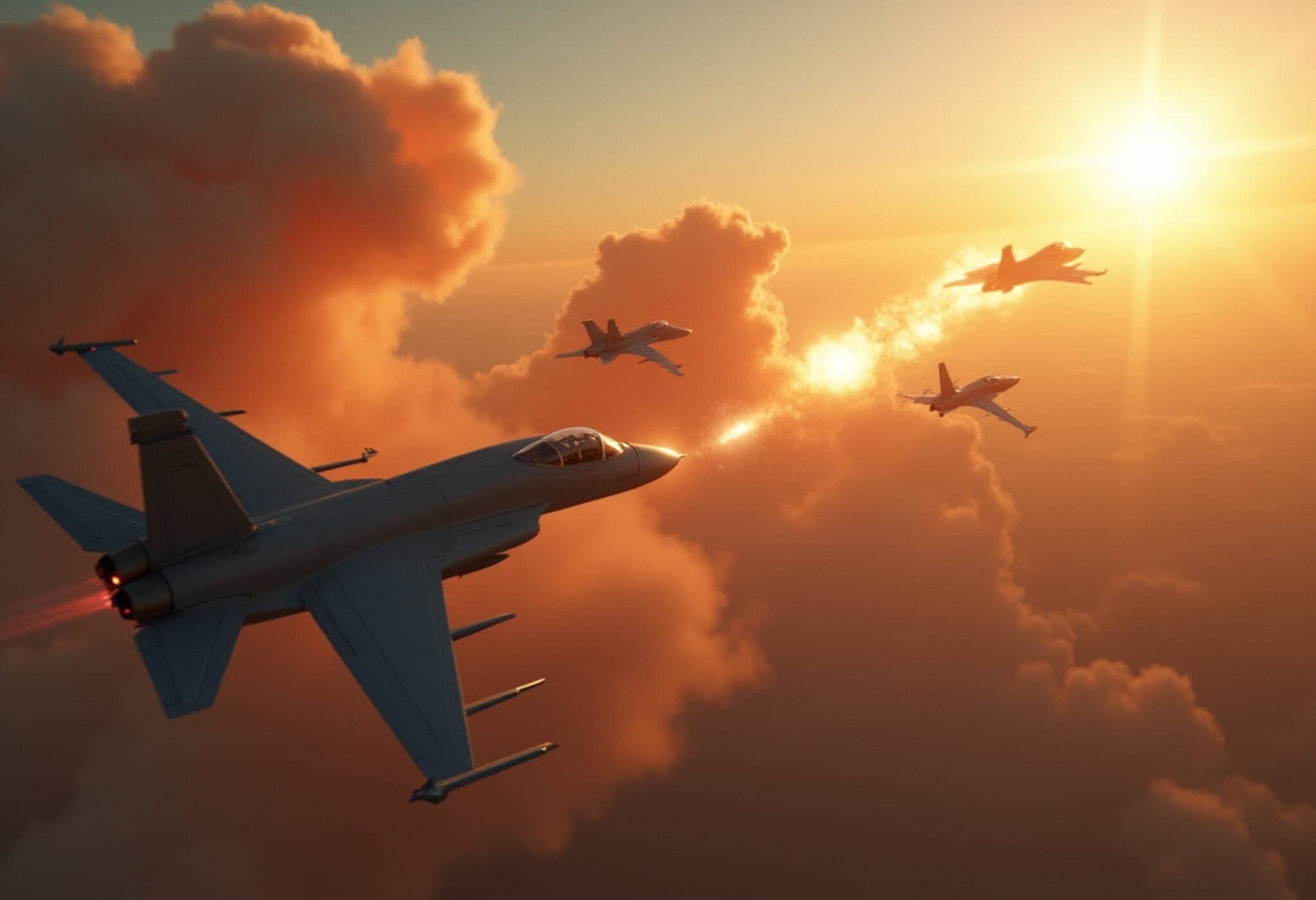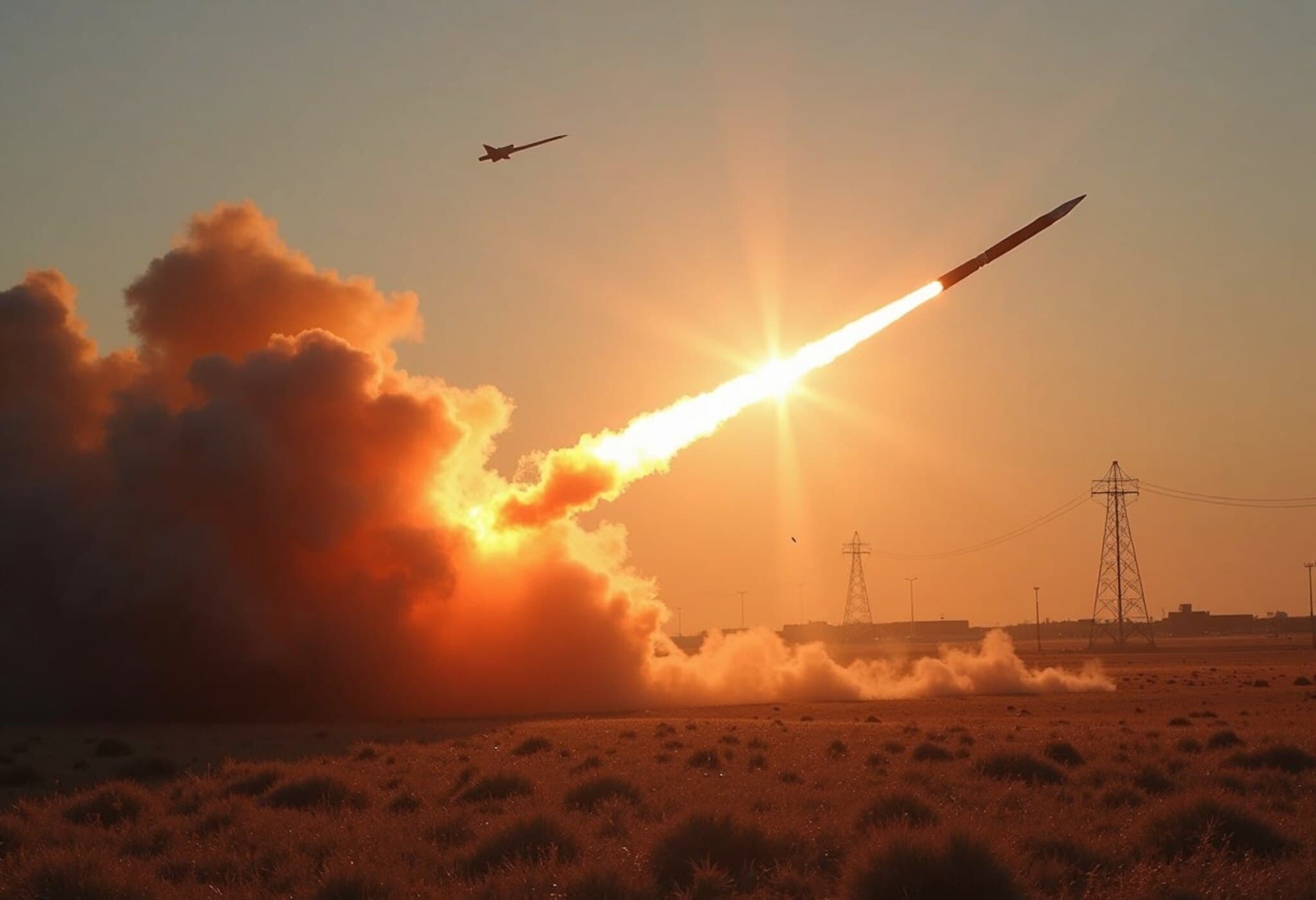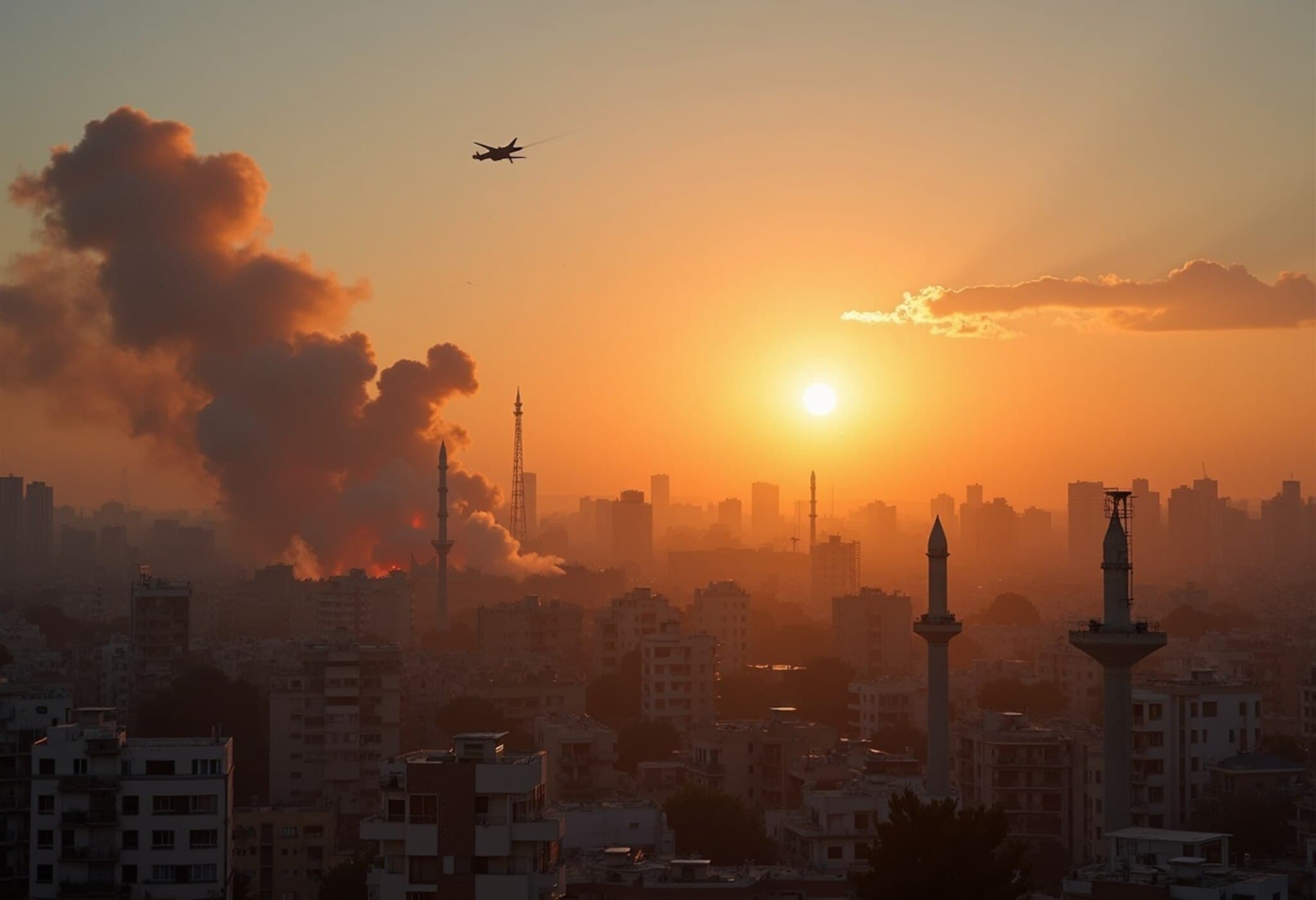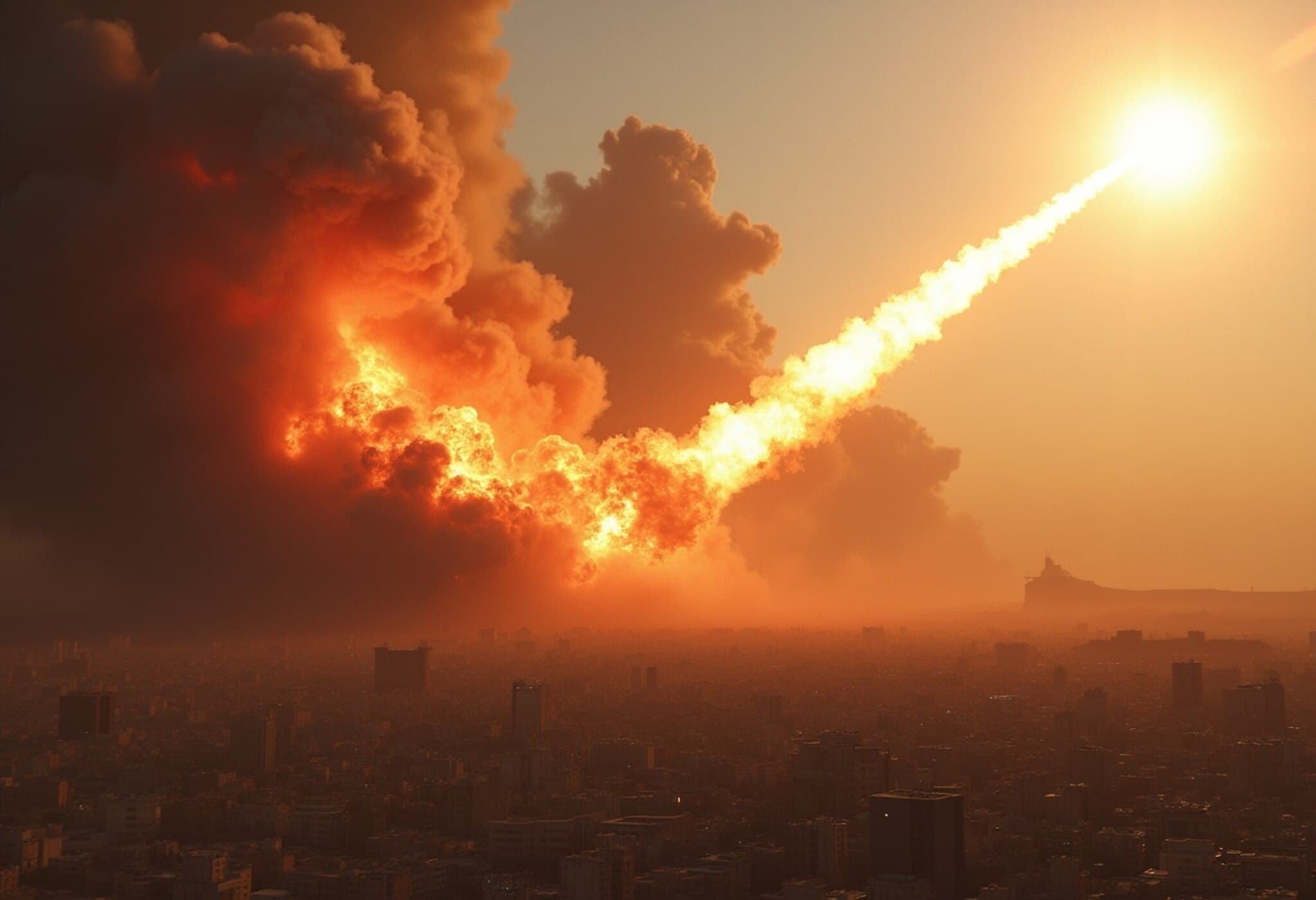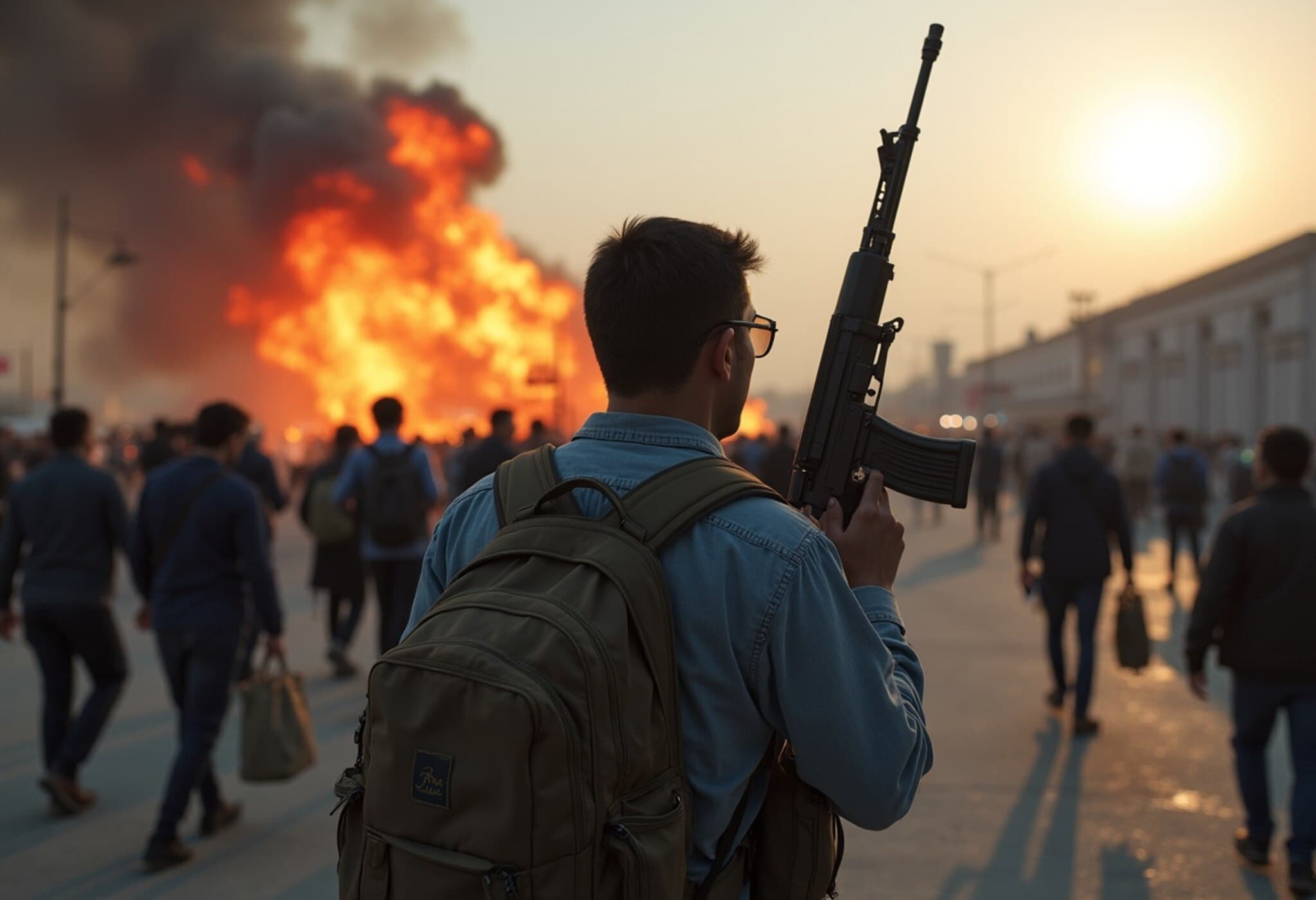Historic Narratives Fuel Escalating Israel-Iran Tensions
In the heart of the ongoing Israel-Iran conflict, two leaders—Israel’s Prime Minister Benjamin Netanyahu and Iran’s Supreme Leader Ayatollah Ali Khamenei—are reviving ancient histories and religious symbols to justify their current military and political actions. This strategic use of historical and religious imagery highlights a longstanding tactic in international conflict: turning to the past to validate the present.
Netanyahu’s Biblical Symbolism in Operation Rising Lion
Following a series of targeted strikes against Iranian military and nuclear sites, Prime Minister Netanyahu unveiled the codename Operation Rising Lion. The name draws directly from a biblical verse found in the Book of Numbers (23:24): “Behold, the people shall rise up as a great lion, and lift himself as a young lion…” This passage, traditionally interpreted as a prophecy of Israel's strength, became a rallying symbol amid military operations.
In a powerful gesture, Netanyahu was photographed placing a handwritten note inside the crevices of Jerusalem’s Western Wall, Judaism’s holiest prayer site. The note echoed the biblical prophecy: “The people shall rise up as a lion.” This act reinforced nationalist sentiments and underscored the government's framing of defense as divinely sanctioned.
Khamenei’s Invocation of Islamic History and Tradition
On the opposing side, Ayatollah Khamenei invoked a seminal moment in early Islamic history to frame Iran's stance. On social platform X, Khamenei wrote: “In the name of Haider, the battle begins. Ali returns to Khaybar with his Zulfiqar.” This references Imam Ali, Islam’s first imam, who famously conquered the fortified Jewish stronghold of Khaybar in the 7th century using the legendary sword Zulfiqar.
The symbolism is potent. Khaybar’s conquest is celebrated in Iranian and Shia Islamic discourse as a victory over oppression, positioning Iran’s current conflict with Israel as a continuation of this historic struggle. Earlier this year, Khamenei also likened nuclear negotiations to strategic historical treaties, emphasizing temporary pauses as tactical moves to preserve long-term interests.
Notably, Khamenei has a history of controversial rhetoric, including repeated Holocaust denial efforts, which serve to challenge Western narratives and deepen ideological divides.
A Familiar Historical Playbook in Global Conflicts
This pattern of weaponizing history is familiar on the international stage. Russian President Vladimir Putin extensively cited centuries of Russian history to justify the invasion of Ukraine, portraying Ukrainians and Russians as historically united people. Likewise, former US President George W. Bush famously framed the Iraq war in moral and religious terms, claiming divine guidance motivated efforts to end tyranny and drawing parallels to historic axes of evil.
These references to biblical and historical motifs help solidify domestic support and delegitimize opposing forces by casting conflicts as parts of a grand, transcendent narrative.
Conclusion
The Israel-Iran conflict today is not just a geopolitical struggle but also a contest over history and identity. By invoking powerful images from scripture and historic battles, Netanyahu and Khamenei are not only shaping their nations’ narratives but also mobilizing support for their ongoing military campaigns. As tensions continue, such symbolic gestures highlight how deeply history remains entwined with modern conflicts.

